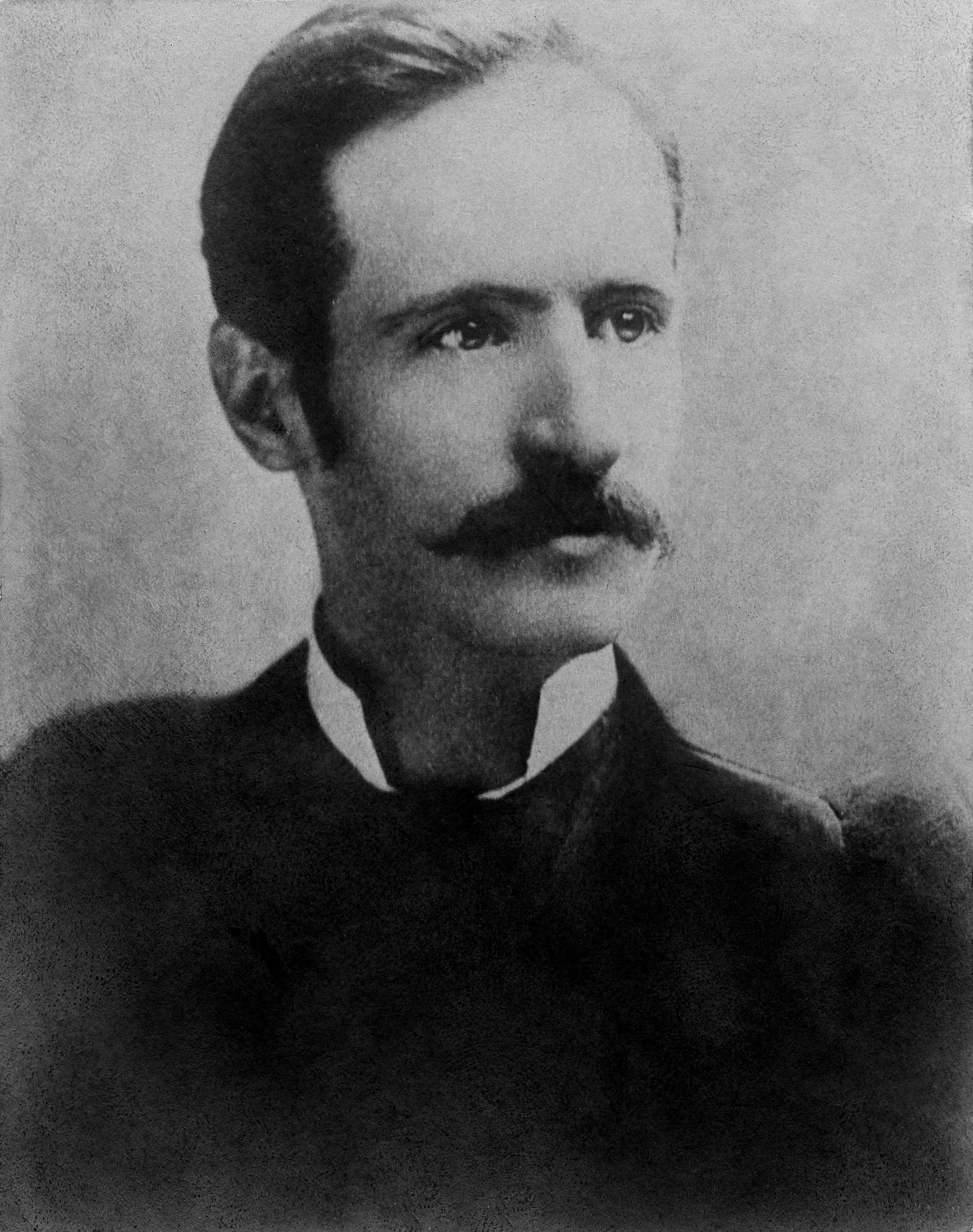Ralph Albert Blakelock (1847–1919)
Available Works
Biography
Ralph Albert Blakelock (1847–1919) was an American painter known for his evocative landscapes and moonlit scenes. Born in New York City to a homeopathic physician, he initially pursued medicine but left formal studies at the Free Academy of New York in 1866 to become a self-taught artist. His early landscapes were influenced by the Hudson River School, but his artistic vision evolved after extensive travels in the American West from 1869 to 1872. During these journeys, he immersed himself in the natural landscape and Indigenous cultures, developing a fascination with atmospheric light and nocturnal imagery that would define his mature work.
Upon returning to New York, Blakelock exhibited intermittently at institutions such as the National Academy of Design and the Society of American Artists, but his work struggled to gain recognition. Financial hardship plagued him throughout his career, especially after marrying Cora Rebecca Bailey in 1877 and supporting their nine children. By the 1880s, his style had become more distinctive, characterized by rich textures, dark tonalities, and expressive brushwork. His moonlit landscapes, featuring silhouetted trees against glowing skies, were imbued with a poetic, dreamlike quality. However, his financial instability, coupled with his increasingly erratic behavior, led to a mental breakdown in 1891, followed by long-term institutionalization.
As Blakelock spent his later years in asylums, his work gained widespread acclaim and commercial success. His paintings, once undervalued, reached record-breaking prices, and in 1916, he was elected a full member of the National Academy of Design. Unfortunately, he never benefited from this late recognition, as control over his affairs was placed in the hands of a legal guardian who exploited his fame. He died in 1919, having spent much of his final years in isolation. Today, Blakelock is regarded as a visionary artist whose moody, imaginative landscapes anticipated modernist tendencies, and his work remains a significant contribution to American art.

